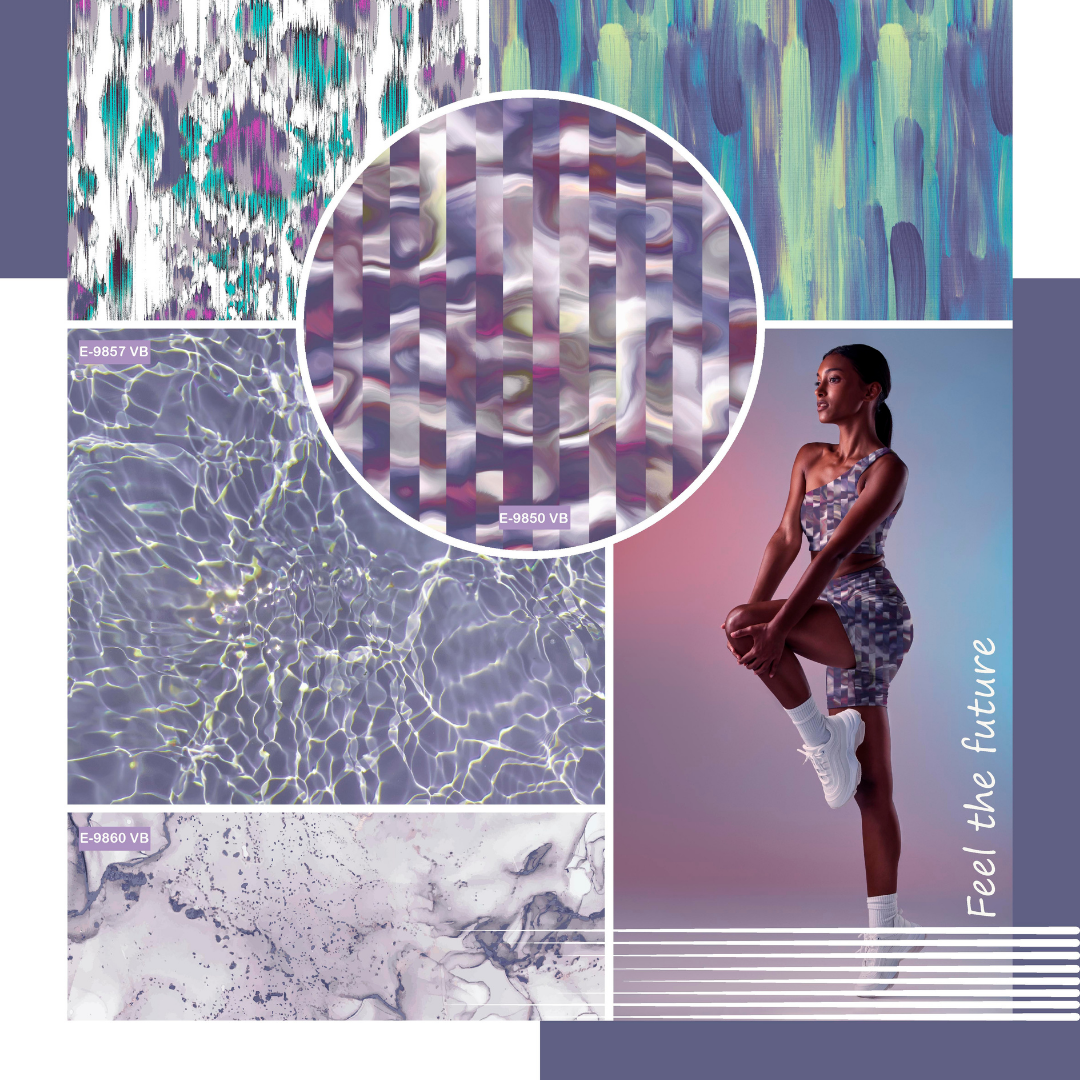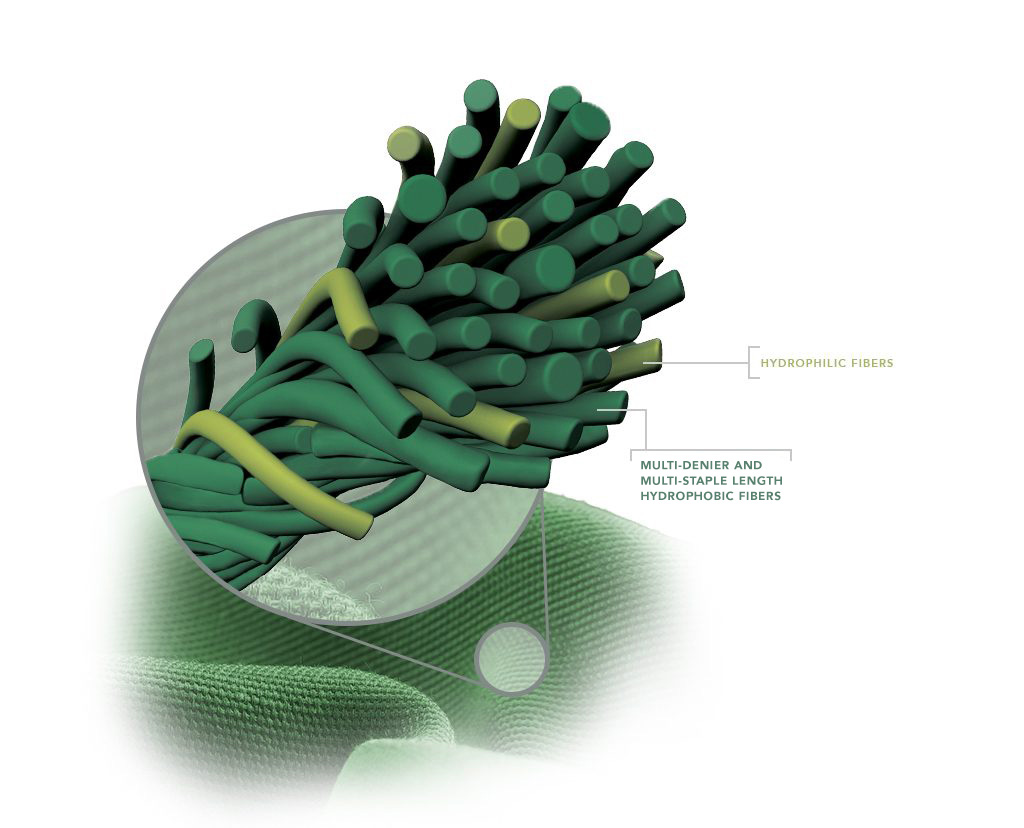Sustainable Fabric Production: Creating Functional Fabrics for a Better World

As Zeynar we are always working with our clients to have a sustainable workflow while we provide best-in-class market-dyed and printed fabrics. Our vision for our work is to have the lowest footprint possible in our fabric creation process, thus we always invest in our production facility to align with this vision.
Especially our functional fabric production line is created with targeting minimum environmental impact. Therefore, our process is optimized for achieving our sustainable goals; optimal water consumption, reduced waste, and optimized energy usage.
In recent years, the fashion industry has made significant strides toward sustainability, with more and more consumers looking for eco-friendly products. As a result, there has been a growing interest in sustainable fabric production. In this article, we will explore the various methods used to create functional fabrics that are better for the environment and help you make an informed decision about the clothes you wear.
Introduction to Sustainable Fabric Production
Sustainable product design has the key effect towards sustainable textiles. Raw material choice, composition, material efficiency, intended use, life cycle and end of life aspects are first considerations in selection of materials, but not enough. It should start with thinking of a holistic approach to resources, people, and nature. Resource efficiency, increased benefits for climate, nature, and people will help to go from less bad to better.
Sustainable production means making a product in sustainable ways throughout the entire supply chain. In our case it is including using organic or recycled materials, and optimized production processes.
Types of Sustainable Fabrics
Criterias for raw materials: Low climate impact – Regenerative – Preferred

1. Organic / in-conversion (transitional cotton) or Recycled Cotton
Organic cotton is grown without the use of synthetic pesticides and fertilizers, which makes it better for the environment and the farmers who grow it. It is also more sustainable than conventional cotton because organic farming system sustains the health of soils, ecosystems, and people by relying on ecological processes, biodiversity, and cycles. Organic cotton can bring great benefits to the fashion and textile industry, and our planet too.
In-Conversion (transitional) cotton is produced by farmers who transform their conventional practices into organic ones. Demand in organic cotton is getting stronger. More sources are needed for the sector. “in-conversion” or “transitional” cotton is a result of proactive steps and the support scheme for farmers to turn their more conventional land into organic land.
The other favorable option of the category is recycled cotton that is certified to an independently verifiable standard such as the Global Recycled Standard (GRS) or the Recycled Claim Standard (RCS).
2. Recycled Polyester
Currently, majority of textile materials come from synthetic sources, meaning that is not realistic to shift all raw materials sourcing to land-based fibers due to land constraints and the potential impacts. Recycled polyester is made from post-consumer waste, such as plastic bottles. By using recycled materials, we can reduce the amount of waste that ends up in landfills and the ocean.
3. Hemp
Hemp is a highly sustainable crop that requires minimal water and pesticides to grow. It is also a very durable material that can be used to create long-lasting fabrics. Hemp grows rapidly and has an extensive and deep root system that aerates the soil.
4. Man-made cellulosic fibres
Man-made cellulosic fibres are the second biggest cellulosic fibre group after cotton. MMCF can make a positive contribution into the sector.
We suggest TENCEL™ Lyocell fibers with REFIBRA™ technology that are manufactured in closed-loop process. “REFIBRA™ technology involves upcycling cotton scraps from garment production. These cotton scraps are transformed into cotton pulp. A substantial proportion – up to one third – of this is added to wood pulp, and the combined raw material is transformed to produce new virgin TENCEL™ Lyocell fibers to make fabrics and garments.” Source: Lenzing.
5. Linen
Linen is made from the fibers of the flax plant and is a highly sustainable material. It requires minimal water and pesticides to grow, and the manufacturing process is relatively low impact.
FAQs
1. Are sustainable fabrics more expensive than traditional fabrics?
Sustainable fabrics can be slightly more expensive than traditional fabrics. However, sustainable manufacturing focuses on the ecology, nature, and humans as a whole to not just sustain but be respectful as well. “We are caring for our children while we work” is a priceless feeling.
2. Is organic cotton better for the environment?
Yes, organic cotton is better for the environment because it is grown without the use of synthetic pesticides and fertilizers.
3. What is closed-loop manufacturing?
Closed-loop manufacturing is a process that recycles waste and reduces the number of new materials needed to produce fabrics. This can help to reduce the environmental impact of textile manufacturing.
4. What is upcycling in the context of sustainable fabric production?
Upcycling is the process of transforming waste materials into new products. In the context of sustainable fabric production, this can involve turning discarded fabrics into new clothes or accessories.
Sustainable fabric production is an important step towards creating an eco-friendlier fashion industry. By using organic fibers, recycled materials, and natural dyes, we can reduce the environmental impact of textile manufacturing. In addition, sustainable fabric production methods, such as closed-loop manufacturing and upcycling, can help to conserve resources and reduce waste. By making informed choices about the clothes we wear, we can contribute to a better world for ourselves and future generations.




